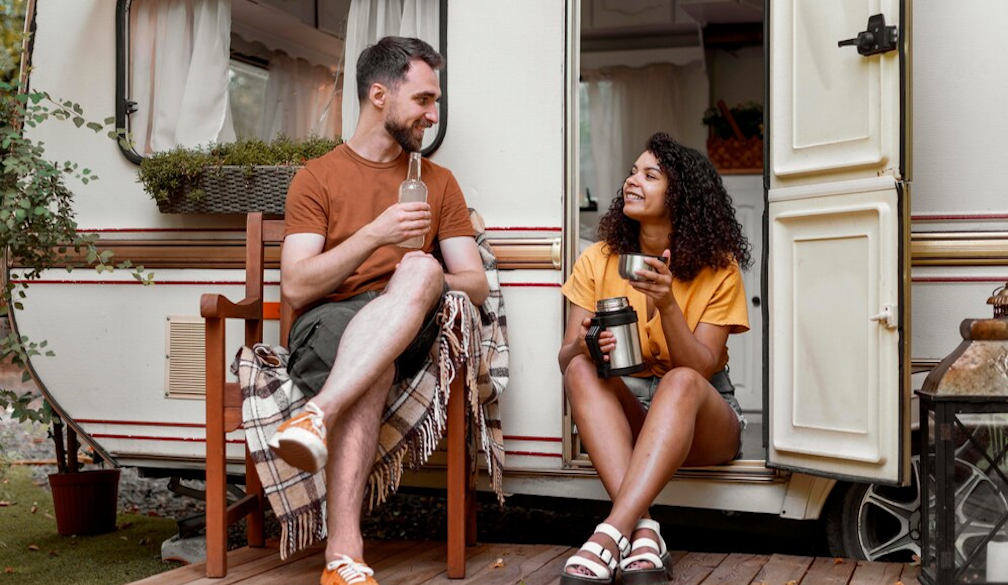Gen Z Backyard Living: Tiny Homes, Granny Flats or Hybrid Caravans?

Gen Z isn’t going anywhere. They’re not even really going out with their mates, let alone packing up the boxes and launching their adult lives. Right now, is the worst economic time in history to be a 30 year old and the story of the “struggling Millennial” has found its way to the next generation, who report a sense of hopelessness about their financial prospects. So, while your late teen/20 something battles the economic circumstances of their birth, parents scramble to battle the consequences of their child’s birth twenty years on.
Backyard Living Fast Becomes “The New Normal”
Tiny Homes. Caravans. Granny Flats. Finding their way for Millennials and Gen Z means adjusting their living arrangements and “making do”. While granny flats saw a sharp rise in popularity as an “AirBnB” income generator, the next generation see backyard living as a semi-permanent situation. Large Caravans aren’t what they used to be, they’re now slick, well-engineered, self-contained little homes. As parents, what’s the best option for accommodating an adult at home, without stifling their ability to gain independence?
Pros and Cons
Legalities: The legal considerations of backyard living comes down to state and local laws. With both Victoria and Queensland considering a blanket loosening of laws around long term backyard living. Granny Flats and permanently placed tiny homes mean extensive council approvals and your block may or may not be deemed suitable. A tiny home deck trailer or hybrid camper is not a permanent fixture so has far fewer restrictions on placement however your local council determines how long a teen can reside in one.
Land space/access: Any permanent structure must adhere to council rules on placement, including distance from fencing. In addition to this, there must be adequate access to the area to place the structure, or to build. Plumbing and electrical must comply with local laws and if you require separate accounts (so your young person learns to pay their own bills) you may face steep installation costs. Generally the smallest tiny home or granny flat will be at least six meters in length. A hybrid camper, not being a permanent fixture, has fewer
Self-Containment and Facilities: Tiny homes offer everything down to a small working kitchen. Granny flats generally offer everything but the kitchen. In the age of the airfryer (and mum’s cooking), Gen Z aren’t too bothered. Hybrid Campers offer bathroom and kitchen but are not “plumbed in” so require regular emptying of the toilet cassette. Most however, can be connected to grid power and water.
“Connecting a tiny home or granny flat to its own mains water isn’t just about laying a few pipes. Your local council will require extensive paperwork and it may cost you upwards of $80K to bring a new water supply in from the street” said John Salmon, Plumber Brisbane.
Cost: A tiny home suitable for living will cost a minimum of $100,000 (excluding council fees and utility installation etc). A granny flat, sans kitchen about the same. A deck trailer tiny home, with trailer may cost slightly less but depending on the model, you may be looking at extensive costs to make it “livable” including sanitation and electricity. A Hybrid Caravan includes everything and prices start from around $65,000 for a quality build.
Backyard and Beyond
Moving on, when your Gen Z finally makes the leap into independence, consider what will become of the structure? Will you be selling your family home? Renting it? Will you be “doing the big lap” and exploring Australia’s great off-roads? At some point, the kids have to leave, right? I mean, they will leave, won’t they?


















